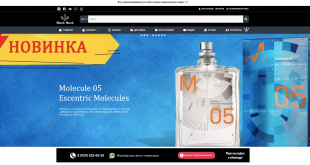 During the existence of the registry, according to the “Roskomsnab” referenced by RBC, it was made about 137,4 thousands of sites, of which nearly 60 percent were subsequently unlocked.
During the existence of the registry, according to the “Roskomsnab” referenced by RBC, it was made about 137,4 thousands of sites, of which nearly 60 percent were subsequently unlocked.
At least 65 percent of the websites made by Roskomnadzor in the register is prohibited, continue to work
Just by mid-February 2017 in the “black list” was 60.2 thousand pages, domains and IP addresses, access to which in Russia was blocked.
The registry analysis conducted by RBC found that more than half of the included sites continue to operate, that is, their administrators continue to pay domain registration, hosting and filling content.
Experts interviewed by the publication, explained this situation by the fact that the owners of sites are counting on the exclusion from the registry. In addition, said the interlocutors RBC, Russia is generated less than one third of traffic of the Russian-speaking audience, and the rest from the territories of other countries. Also, they added, many of the sites from the “black list” have versions in other languages, not just Russian.
Russian legislation provides for “eternal lock” sites only within the framework of the fight against piracy. For the first time the lock was applied in October 2015.
© 2017, paradox. All rights reserved.





